11 Easy Tips for Collecting Wildflower Seeds
Collecting wildflower seeds is a rewarding way to preserve nature and grow vibrant, native plants in your garden. By following a few simple guidelines, you can ensure that your seeds are collected at the right time, stored properly, and ready for planting when the season comes. Whether you’re a seasoned gardener or a beginner, these tips will help you gather high-quality seeds that will thrive in your landscape. With proper care, you can create a flourishing wildflower garden that supports local wildlife and enhances your outdoor space.
This post may contain affiliate links, which helps keep this content free. Please read our disclosure for more info.
Know the Right Time to Collect Seeds
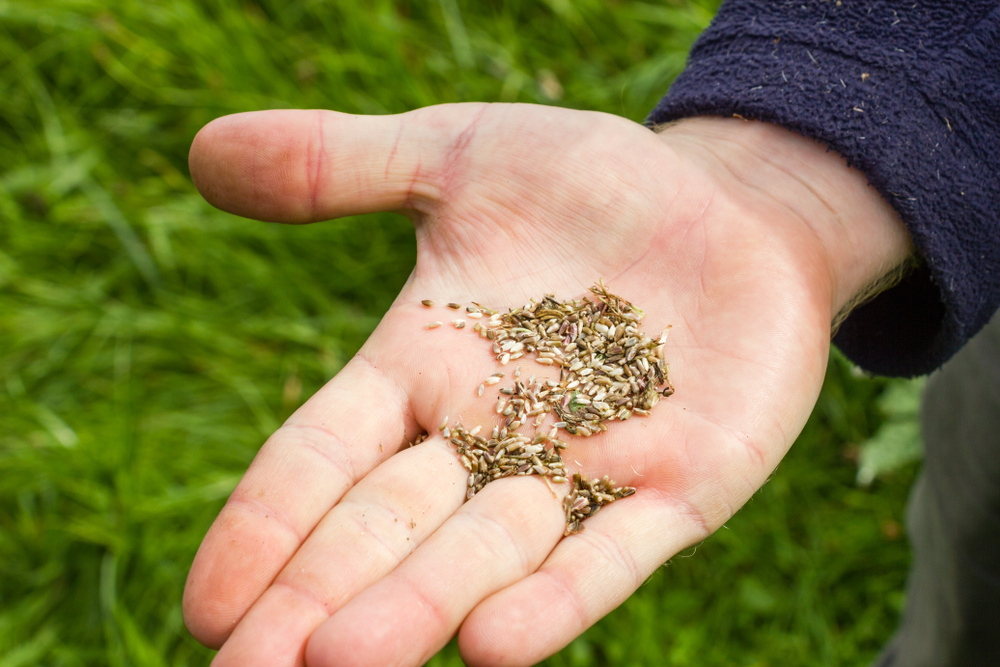
Timing plays a critical role when collecting wildflower seeds. The best time to harvest is when the seeds have reached full maturity, which is typically after the flowers have dried out. For instance, flowers like poppies and daisies will often have their petals fall off, leaving behind seed pods that have turned brown or yellow, indicating readiness for harvest. Collecting seeds at this point ensures that they are mature enough to produce healthy plants the next growing season.
However, be cautious not to wait too long. If you let the seeds stay on the plant for too long after they have matured, they could drop to the ground, making them difficult to gather. It is a delicate balance, but with careful observation, you can identify when the seeds are ready to be collected. By focusing on timing, you increase the chances of successfully growing wildflowers in the future.
Observe Seed Maturity
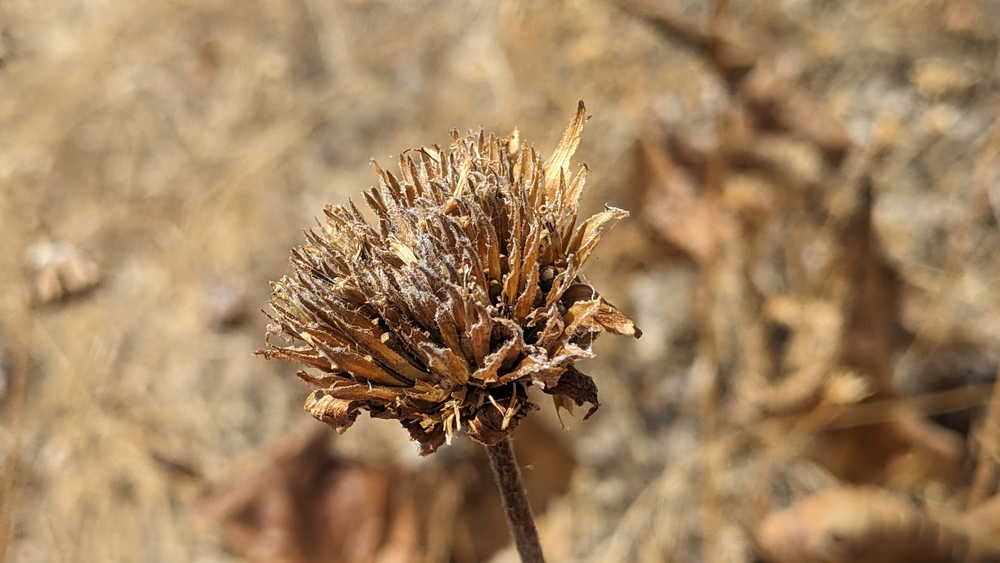
One of the best ways to determine the right time to collect wildflower seeds is by observing their maturity. As the seed heads dry and change color, it becomes easier to tell whether the seeds are ready for collection. For example, sunflower seeds change from green to brown when they are mature and ready to be harvested. A good rule of thumb is to wait until the seed head is dry and the seeds inside have reached their final color and texture.
Mature seeds are typically firm and should be able to be removed with minimal effort. If you notice the seeds are soft or squishy, they may not be mature enough and could have lower germination rates. By closely monitoring the seed heads as they mature, you ensure you are gathering viable seeds that will grow successfully in your garden.
Use the Right Tools
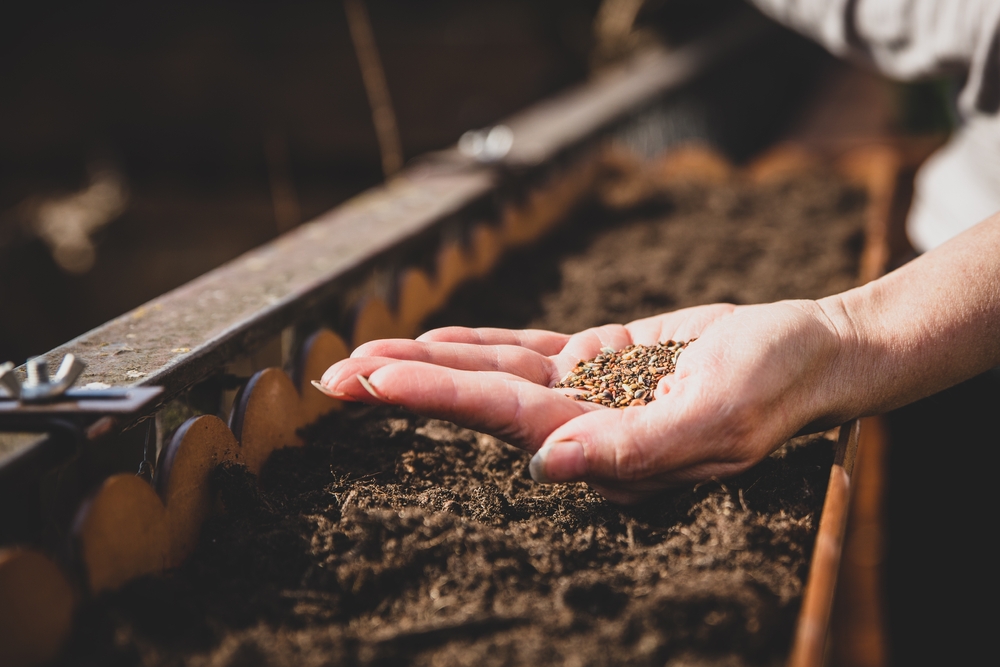
When collecting wildflower seeds, using the right tools is essential for ensuring a smooth process. Small garden shears or scissors are ideal for cutting seed heads without damaging the plant or the seeds. Additionally, carrying paper bags, envelopes, or containers helps keep the seeds organized and free from moisture, which can cause mold or mildew to form.
Having a container to store seeds immediately after harvesting reduces the risk of losing them. A clear plastic container or envelope allows you to see the seeds while keeping them secure. Using the right tools will not only preserve the seeds’ quality but also make the collection process more efficient, saving you time and effort.
Handle Seeds Gently
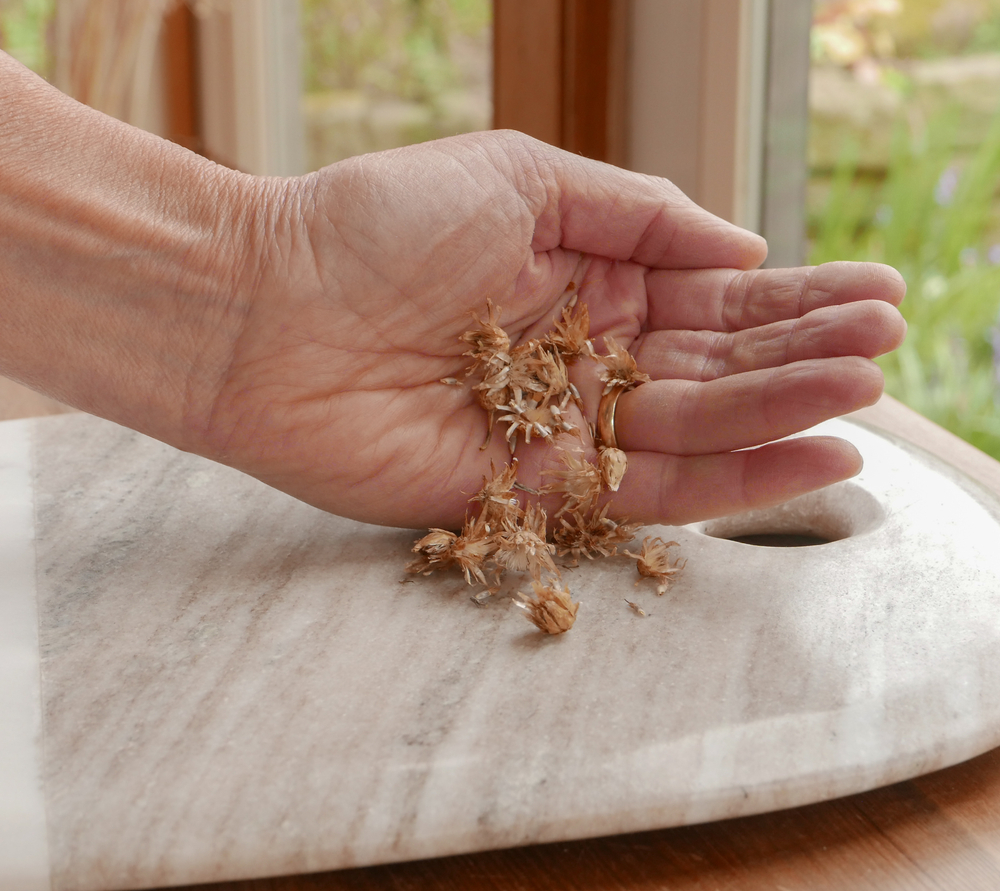
Handling wildflower seeds with care is vital to maintaining their viability. After collecting the seeds, gently place them in storage containers to avoid crushing them. Wildflower seeds are often small and fragile, and rough handling can damage them or reduce their ability to sprout in the future. When storing, avoid pressing down on the seeds or packing them too tightly, as this can cause unnecessary pressure that may reduce their chances of germination.
Take extra caution when transferring seeds from their collection containers to storage. It’s best to handle them one seed head at a time, especially if they are small and easily crushed. Proper handling ensures that the seeds stay intact, which increases the likelihood of successful germination when it’s time to plant them.
Choose the Right Storage Containers
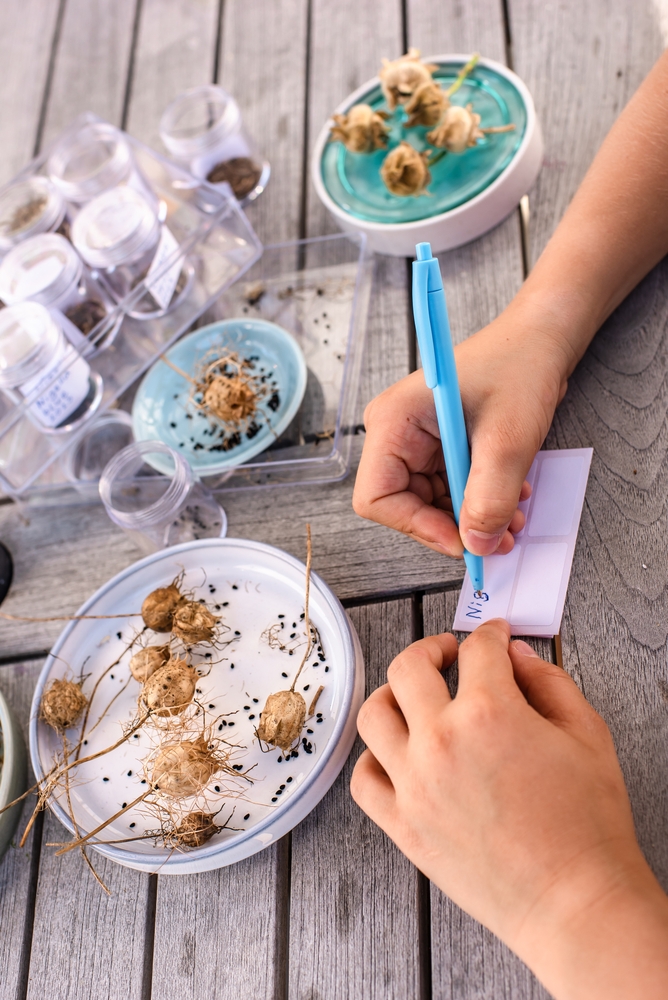
Storing wildflower seeds properly is just as important as collecting them at the right time. After harvesting, place seeds in breathable containers like paper envelopes or small paper bags to allow for air circulation. This helps prevent moisture buildup, which can lead to mold and cause the seeds to spoil. Avoid using plastic bags or containers that trap moisture, as this can harm the seeds and affect their germination.
For longer-term storage, consider using glass jars or airtight containers with a desiccant packet to absorb any excess moisture. These containers protect the seeds from humidity and pests, ensuring they remain viable for the next planting season. Proper storage prevents mold, insects, and environmental factors from compromising the seeds, which is crucial for ensuring a healthy garden when planting time arrives.
Keep Seeds Cool and Dry
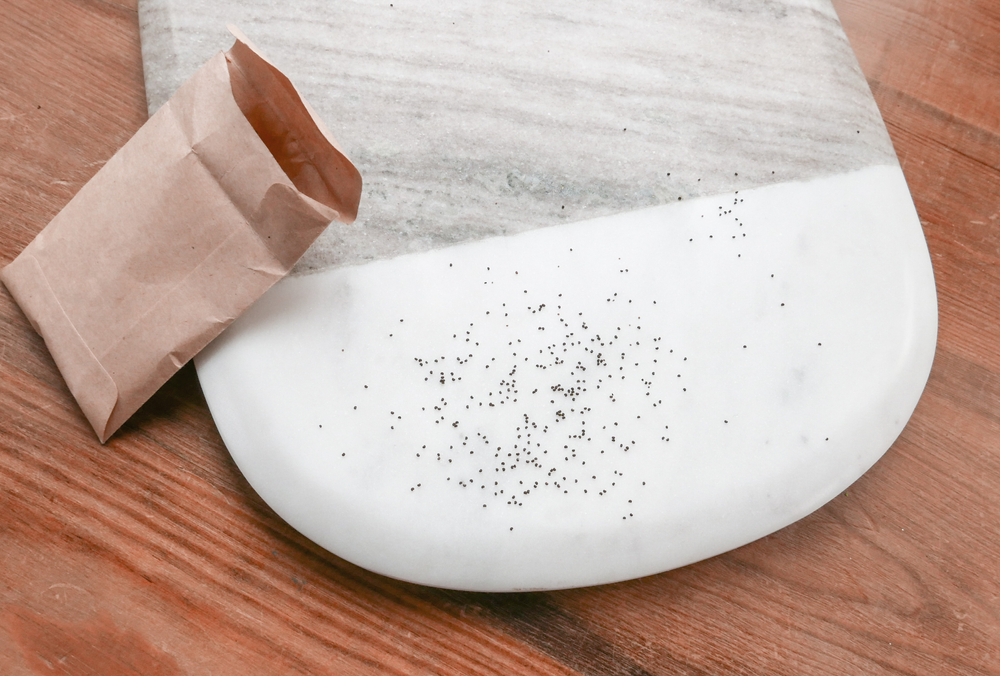
When storing wildflower seeds, it is essential to maintain a cool and dry environment. Heat and moisture can shorten the shelf life of seeds, reducing their ability to germinate. Store your seeds in a cool, dark place, such as a drawer, cupboard, or basement that is not exposed to direct sunlight or temperature fluctuations. A temperature between 32°F to 50°F (0°C to 10°C) is ideal for seed storage, as this will keep the seeds dormant and preserve their germination potential.
Humidity is another factor that can affect seed longevity. Storing seeds in areas that are too humid, such as bathrooms or kitchens, can lead to mold growth. It is important to keep your seed containers in a dry place to ensure they remain viable for future planting. By following these storage guidelines, you protect your wildflower seeds and increase the chances of success when it is time to plant.
Label Your Seed Containers
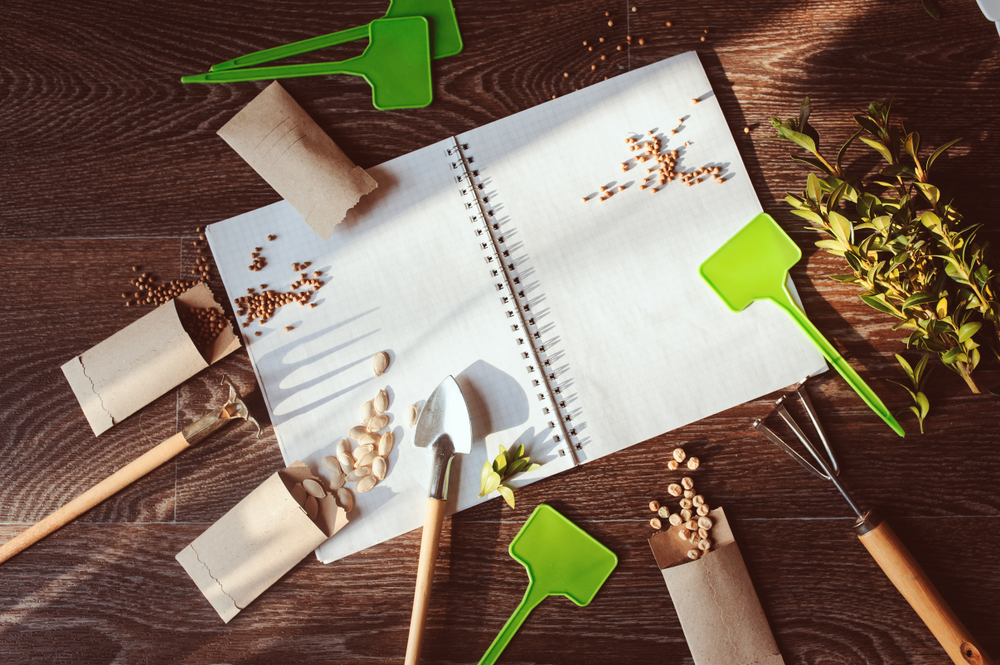
Organizing your wildflower seeds by labeling the containers is an effective way to keep track of what you’ve collected. By noting the plant species, collection date, and location of collection, you can remember which seeds are from which plants. Labeling is especially helpful if you are collecting from various types of wildflowers, as it ensures you don’t mix up seeds and can correctly identify them when planting.
Using a permanent marker or label stickers makes it easier to identify the seeds later on. It’s also helpful to include information such as how the plant grows (e.g., full sun or shade), as this will assist when deciding where to plant them in your garden. Organized labeling makes it easier to manage and plant your wildflower seeds with confidence, ensuring a more successful garden.
Consider the Seed’s Germination Requirements
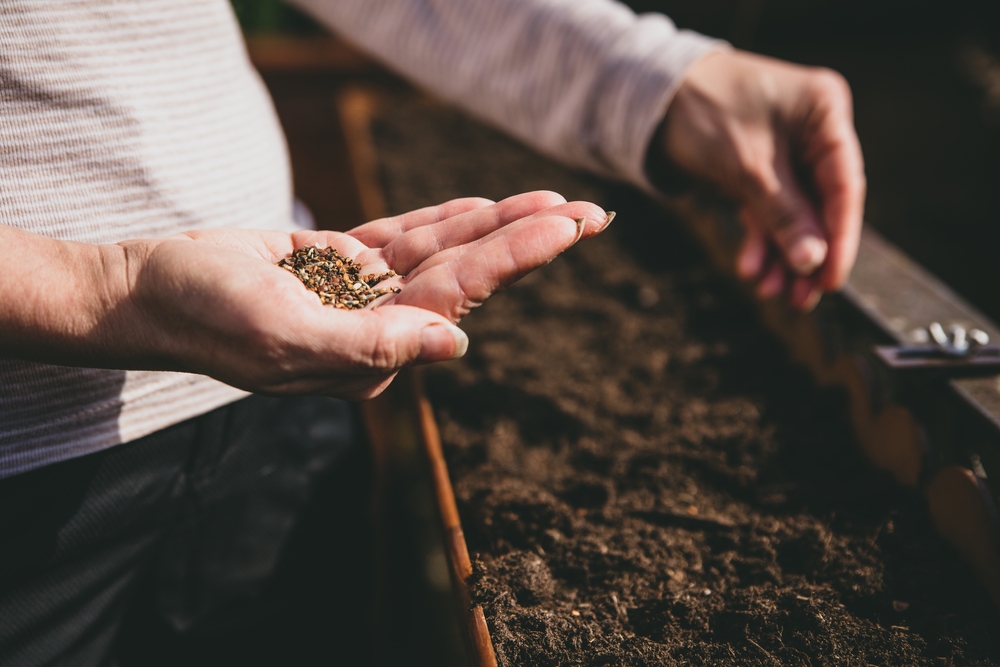
Different wildflowers have unique germination needs, and understanding these requirements will help you plan for successful planting. Some seeds require a period of cold stratification, meaning they need to be exposed to cold temperatures before they can germinate. Others may need light to germinate or may benefit from scarification (scratching or nicking the seed coat). Before planting, it’s important to research each wildflower’s specific germination needs to give your seeds the best chance of sprouting.
By understanding these specific requirements, you can provide the proper conditions for each seed, improving the likelihood of healthy growth. Whether it’s using a cold treatment or adjusting the planting depth, considering these factors will help you get the best results from your collected wildflower seeds. This knowledge leads to more successful planting and a vibrant garden.
Plant Seeds in Small Batches
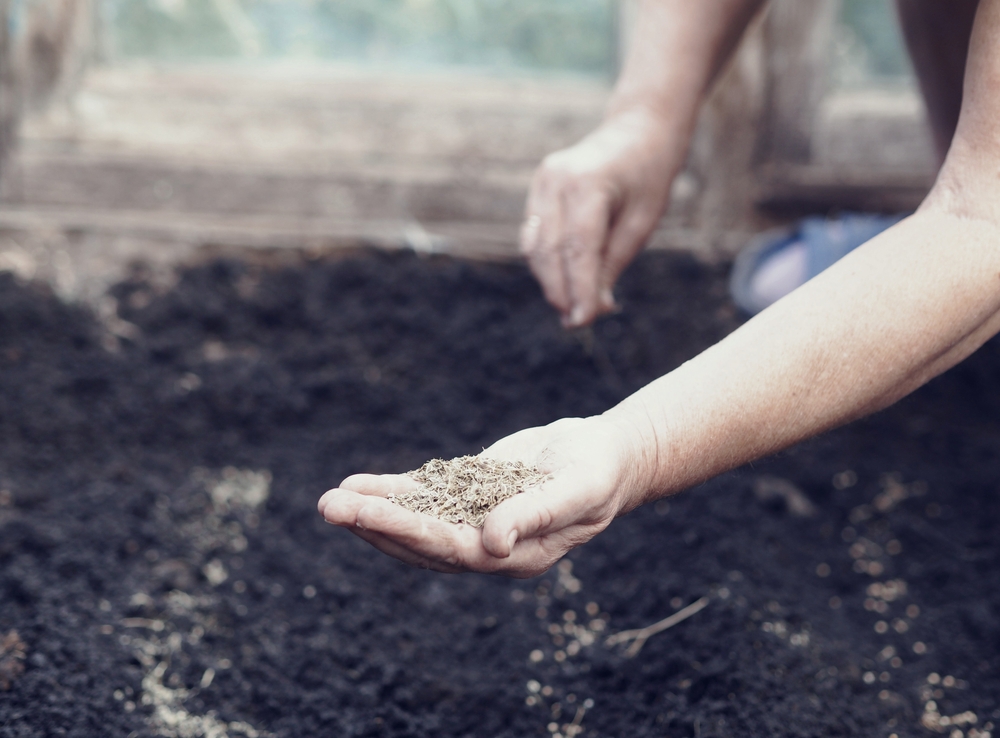
When you are ready to plant your wildflower seeds, consider planting them in smaller batches rather than all at once. This gives you more control over the germination process and allows you to test different planting techniques or soil conditions. If a batch doesn’t perform well, you can adjust your approach and try again with the next set of seeds.
Smaller batches also give you the chance to monitor seedling growth closely, which can help you identify any issues early on. Planting in batches helps prevent wasting seeds and ensures you use them most effectively. It also allows for a more manageable planting experience, especially when dealing with a variety of wildflowers.
Collect Seeds from Native Plants
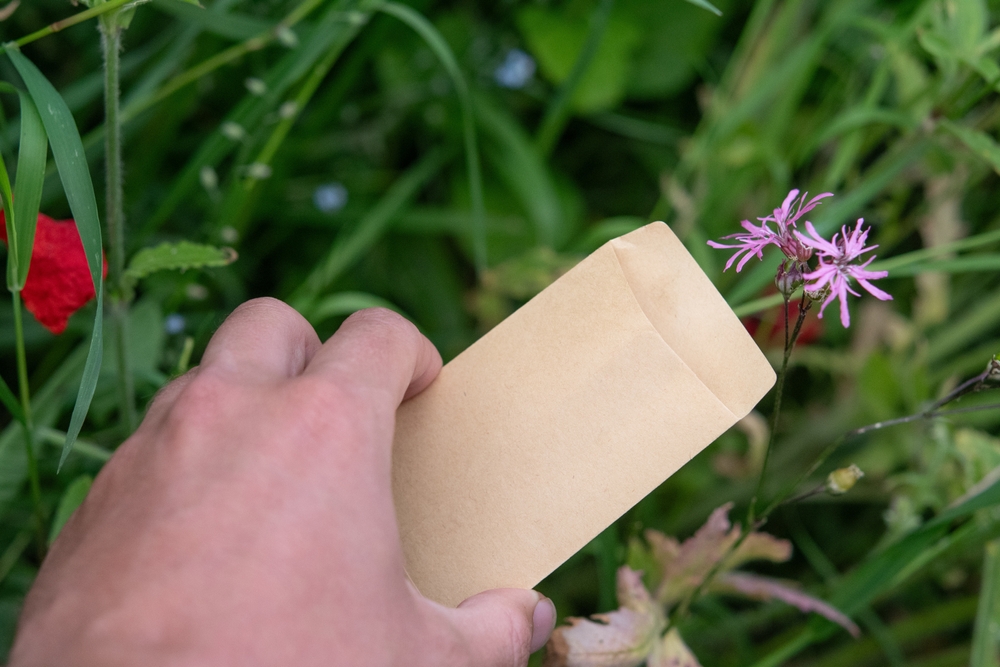
When collecting wildflower seeds, it is a good idea to focus on native plants. Native wildflowers are well-adapted to your local environment and are more likely to thrive in your garden. They require less maintenance, are better suited to local soil conditions, and attract native pollinators like bees and butterflies. By collecting seeds from native plants, you can contribute to preserving local biodiversity and creating a garden that supports local wildlife.
Native plants tend to be hardier and more resistant to pests and diseases than non-native varieties. This makes them a better choice for your wildflower garden, as they are more likely to succeed with minimal intervention. Focusing on collecting seeds from native plants ensures that your garden flourishes and supports the local ecosystem.
Gather Seeds from Healthy Plants
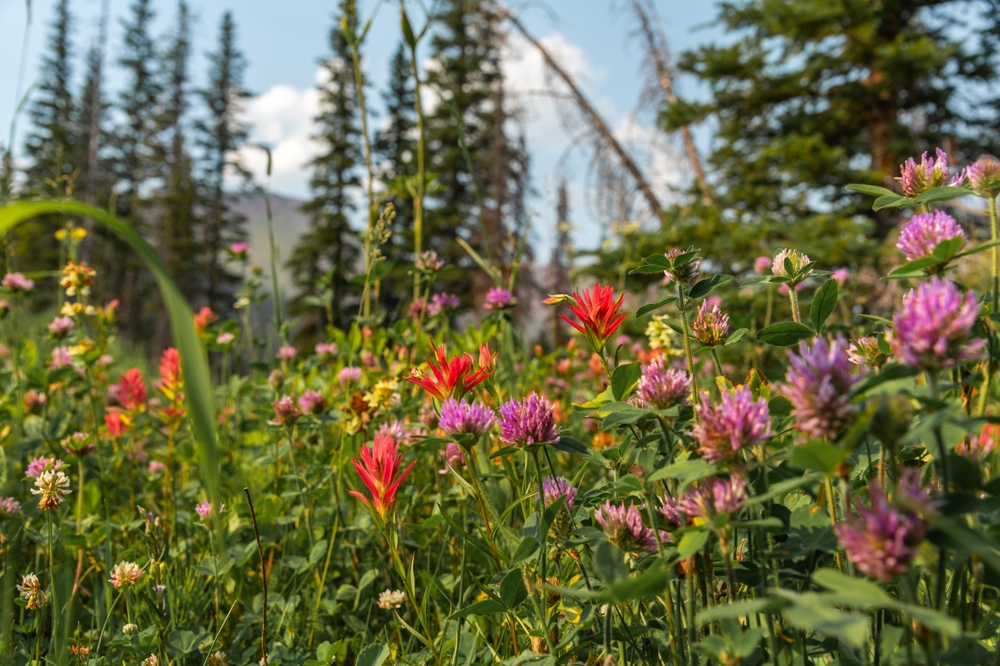
When collecting wildflower seeds, always choose healthy plants for harvesting. The health of the parent plant directly influences the quality of the seeds it produces. Avoid gathering seeds from plants that appear diseased or stressed, as these seeds may not grow as robustly as those from healthy plants. By focusing on healthy, well-established plants, you ensure that the seeds you collect have the best genetic material for growing strong and healthy wildflowers.
Healthy plants are also more likely to have a higher yield of seeds, which increases your chances of having a successful planting season. Ensure that the plants you are collecting from are well-nourished and free of pests, as unhealthy plants are less likely to produce viable seeds. Gathering seeds from healthy plants will give you the best start for your wildflower garden.
This article originally appeared on Avocadu.
